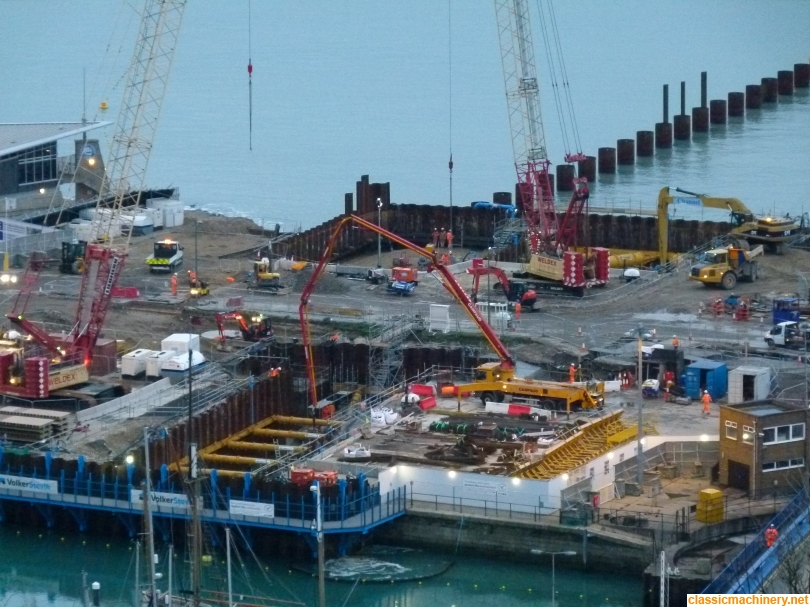Re: The way we were
Posted: Wed Jun 28, 2017 1:44 pm
FOWLER MAN wrote:Hi All,
I haven't posted on this thread for a while but I came across this pic. which took me back to a past age.
Don't know if this is classic plant or vintage like me.But I remember watching this duo work circa 1957/8 at a local cement works quarry.
The shunting loco was then about five or six years old and built by John Fowler of Leeds. It was powered by the same Meadows 6DJ970 engine that Fowlers used in the Challenger 4 crawler.
Surprising to me, (having been brought up to believe that British Engineering was supreme and nothing else was any good),was the electric powered face shovel. It was made in Germany by Menck & Hambrock. It was apparently a pre-war machine dating back to the 1930s and had, at the time, already given over twenty years service.
Fred
Hi Fowler Man,
thank you very much for your post on this picture. I always thougt of the UK as one of the leading shovel manufacturing countries in Europe - well, see this especially for the first half of the 20th century, like it is shown in the documentary "Teeth Of Steel". So I am quite surprised, too, to see this Menck working in a British quarry in the 50ies. Not from a technical view, because these shovels oud reach over 40 years of working life.
I was courius if I could determine the type of shovel depictured. I was browsing through mich archive and I'm pretty shure that this machine is a Modell E, also called ME. Which is quite nice, too, because just 25 were ever produced. Weighing 350,000 pounds, the ME had a 4.3cy bucket and 516 HP combined. Very sturdy and high undercarriage, and the upper works were armored with 1cm steel plates. Tuff shovel, nice find!
Cheers,
Max
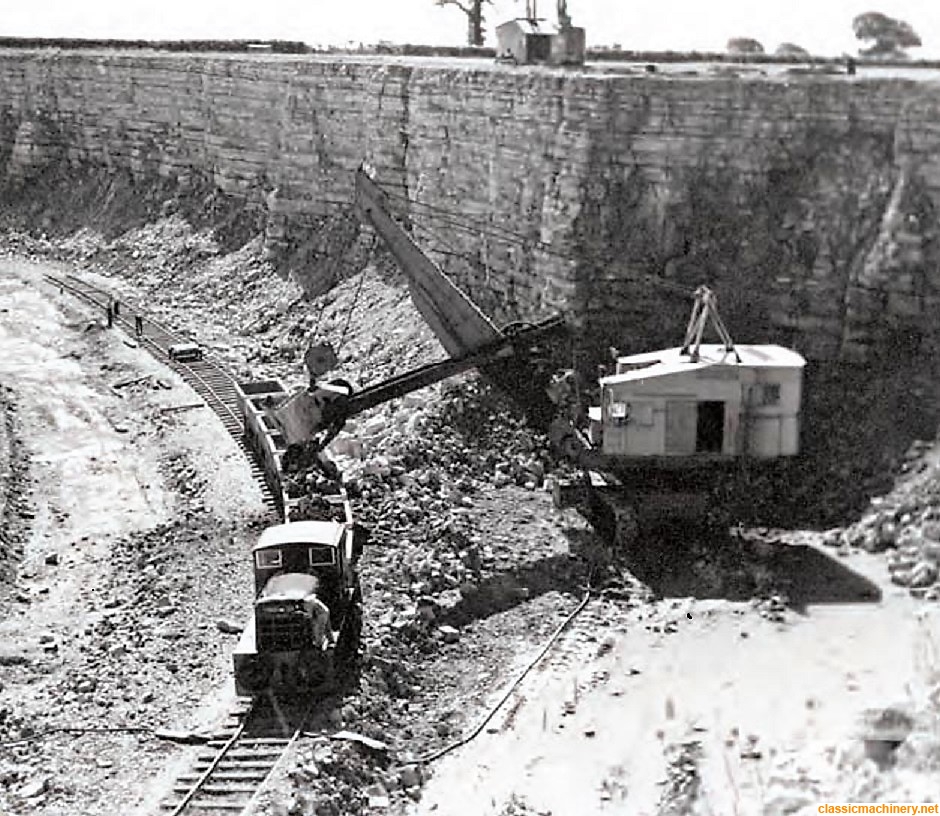
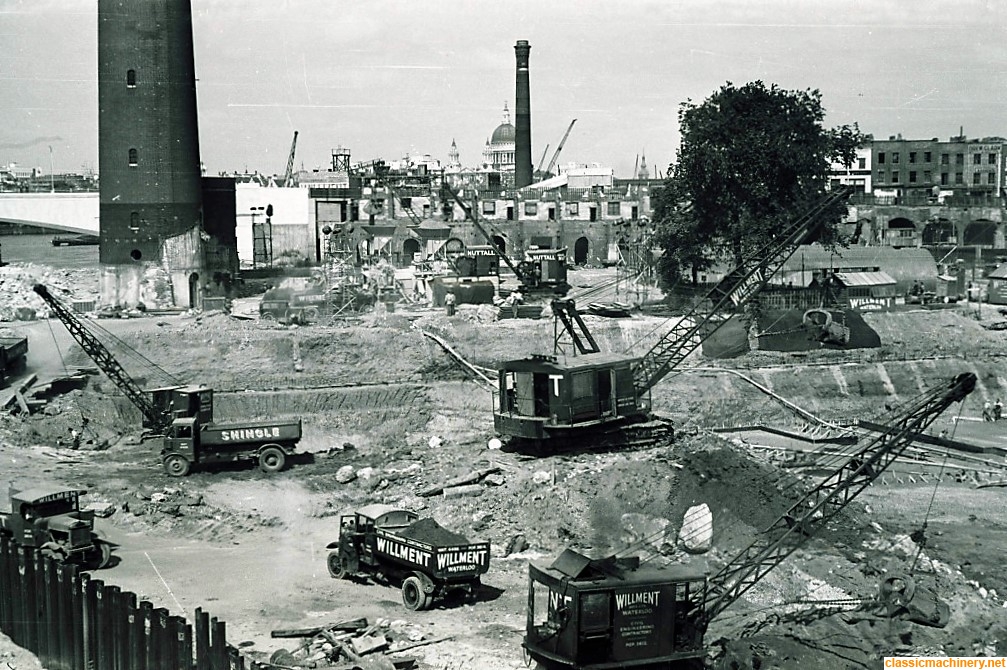
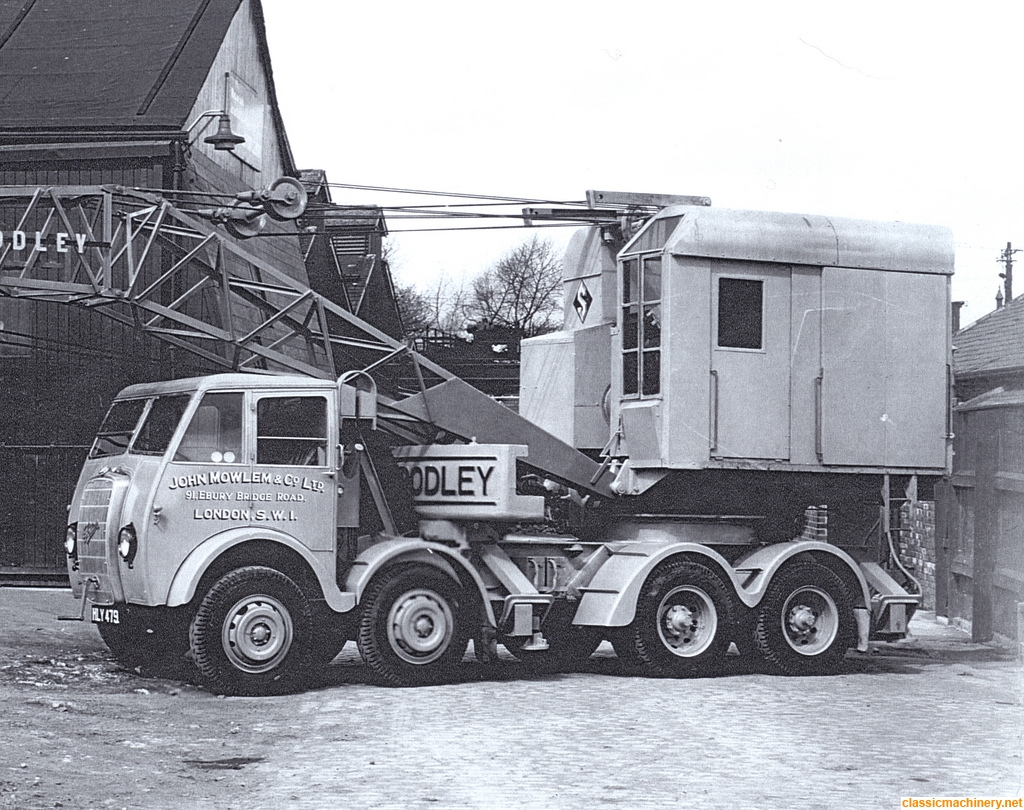
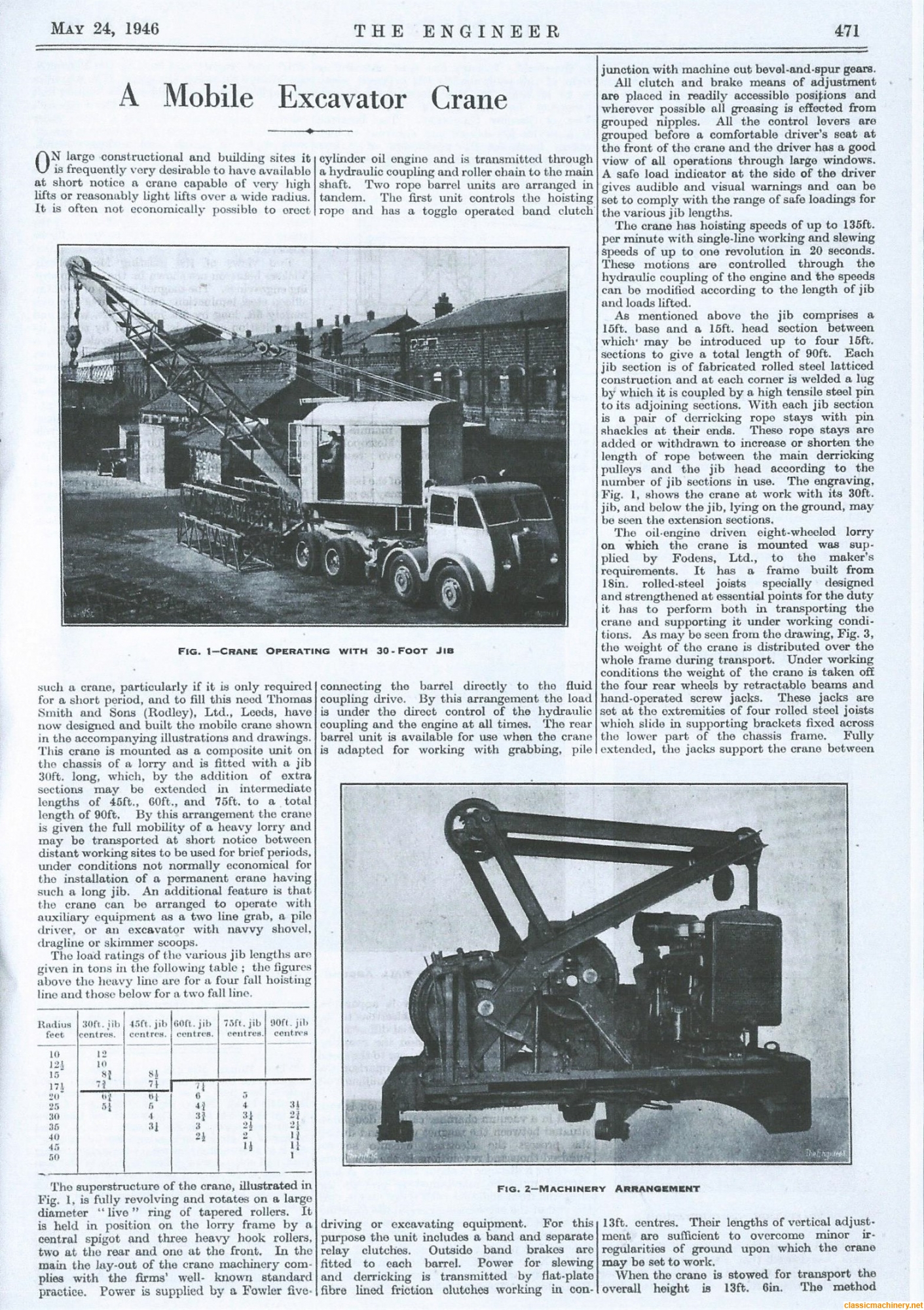
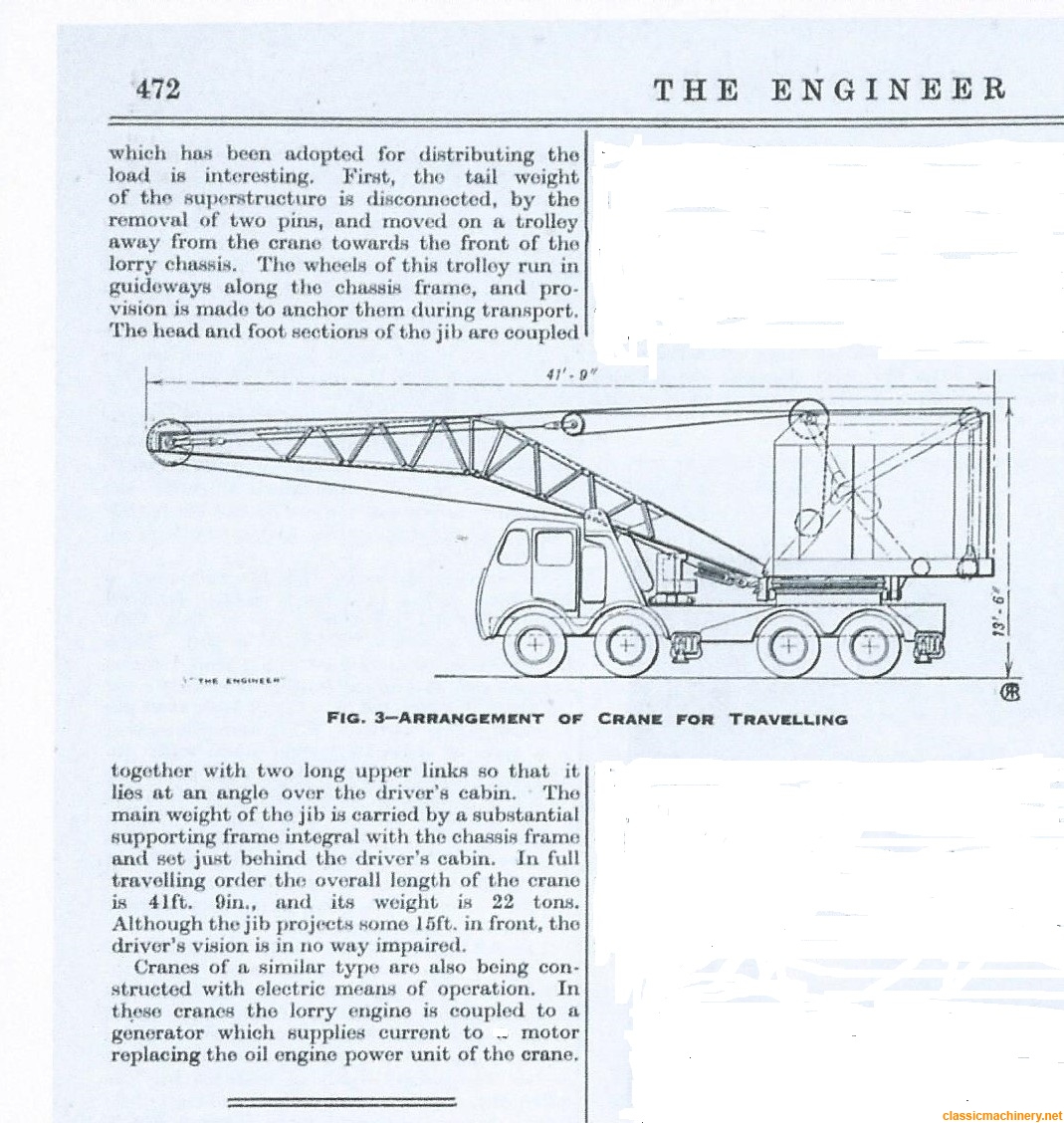
 I am not at all surprised that the Foden chassis was purpose built the visual look of the crane is huge compared to the truck it is mounted on, reckon it would have crushed a standard chassis.
I am not at all surprised that the Foden chassis was purpose built the visual look of the crane is huge compared to the truck it is mounted on, reckon it would have crushed a standard chassis.